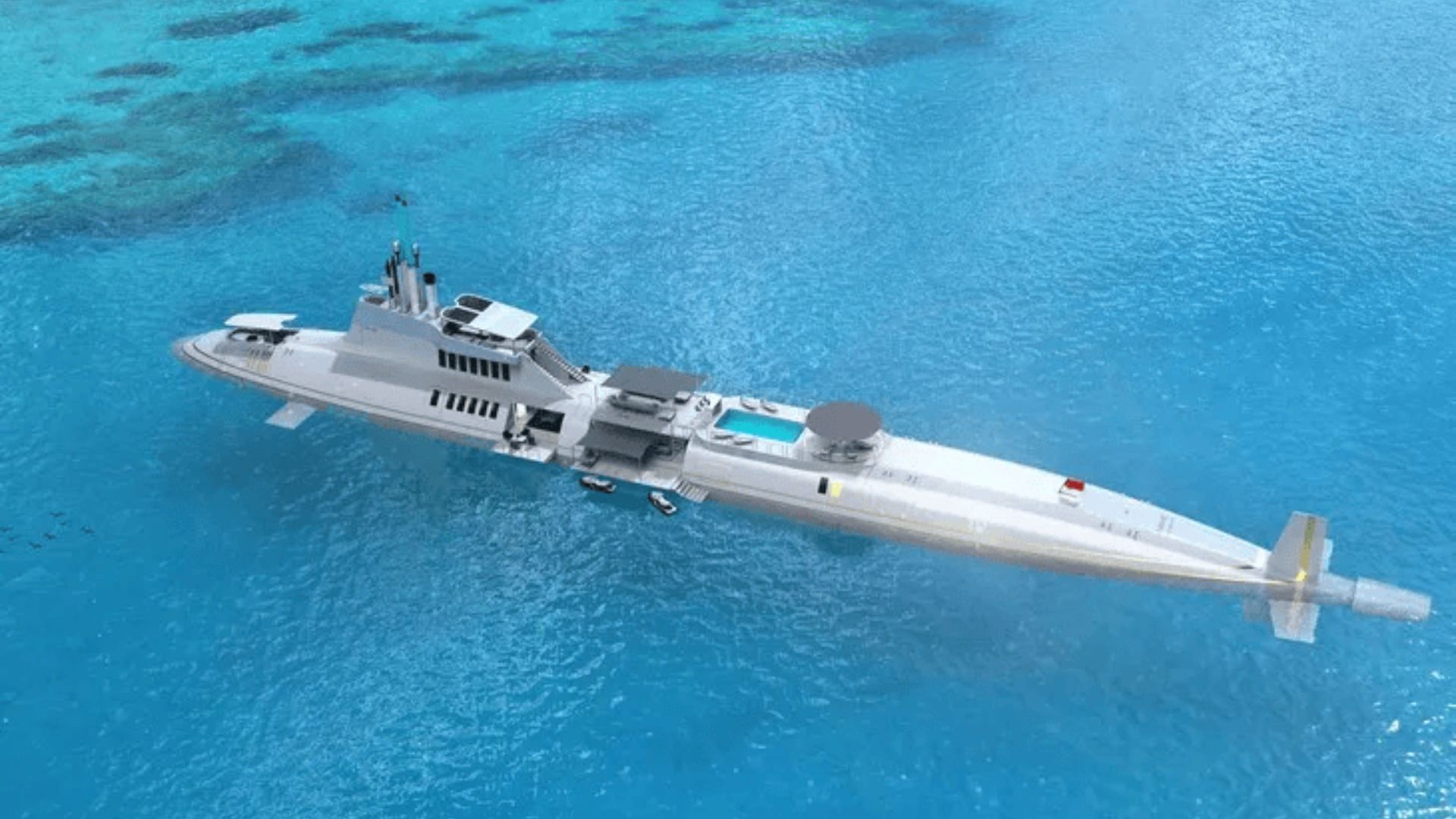
Strait of Magellan: History, Routes, and Its Current Role in Commerce
The Strait of Magellan is one of the most important maritime routes in the world, connecting the Atlantic Ocean with the Pacific at the southern tip of South America. Its importance has endured since its discovery in the 16th century and has grown again in modern times as a viable alternative to the congested Panama Canal. Below, we will explore the history, origin, and current relevance of this passage, as well as some key facts that help to better understand its role in global trade and navigation.
What is the Strait of Magellan?
It is a maritime passage located in the southern region of Chile. It separates the South American continent from the Isla Grande of Tierra del Fuego and connects the Atlantic and Pacific Oceans, serving as a crucial route for the transportation of goods and navigation in general. But why is it so important today? The answer lies in its ability to offer an alternative to the Panama Canal, especially during times of drought or congestion in the canal.
Additionally, many people wonder who owns the Strait of Magellan?. This passage is under Chilean sovereignty, with strict control over maritime activities, ensuring the safety of vessels passing through it.
Origin of the Strait
Discovery of the Strait by Ferdinand Magellan
It was discovered by the Portuguese navigator Ferdinand Magellan in 1520 during his famous expedition to circumnavigate the globe. This discovery changed the history of navigation, as it provided a safer route than the dangerous passage around Cape Horn.
Later Explorations
In the following centuries, the Strait was explored by various European navigators and used mainly by Spanish fleets. Over time, this route lost relevance due to the opening of other trade routes, but its value never disappeared.
An interesting fact is that, after the initial discovery, other European explorers, such as Francis Drake, also passed through the Strait of Magellan, solidifying its historical significance in navigation routes.
Its importance today
Alternative to the Panama Canal
Today, the Strait of Magellan has re-emerged as a strategic alternative to the congested Panama Canal. The latter has suffered significant problems due to drought, affecting the flow of goods. The Strait of Magellan, on the other hand, offers a wider, lock-free route, making it an attractive option for many shipping companies. This raises the question how much time can be saved by navigating the Strait of Magellan? Although the route may be longer in distance, by avoiding the locks and delays of the Panama Canal, it can result in shorter times and greater efficiency in certain cases.
Increased Maritime Traffic
Traffic through the Strait has significantly increased in recent years. According to Chilean authorities, it is expected that in the next two years, the number of vessels using this route will continue to grow, especially for transportation to Asian markets. This might lead you to ask what types of vessels can pass through the Strait of Magellan? From small boats to large merchant ships, they can navigate its waters, as long as they adhere to current regulations and weather conditions.
Physical Characteristics of the Strait of Magellan
Depth and Dimensions
The Strait is approximately 600 kilometers long and has a variable depth that can reach up to 1,070 meters in certain areas, allowing the passage of large ships. Its width ranges from 4 to 37 kilometers, depending on the region. What is the depth of the Strait of Magellan? is a common question, and it varies considerably along its course, being deep enough to accommodate large vessels.
Navigation and Climate in the Strait
Navigating the Strait can be challenging due to its extreme weather conditions. Strong winds, currents, and frequent storms in the region make navigation difficult, requiring careful planning and experience. What difficulties do ships face when navigating the Strait of Magellan? The main challenges include adverse weather conditions, such as strong winds and changing currents, which make this passage a challenge for sailors.
Control and Administration of the Strait of Magellan
Chilean Jurisdiction and Navigation Regulations
The Strait of Magellan is under Chilean jurisdiction, which exercises strict control over vessels passing through the route. Chilean authorities require all ships to present the corresponding certificates to ensure compliance with international navigation regulations. In this context, it is important to mention that Chile guarantees the safety and thorough control of all vessels crossing the strait, helping to prevent accidents and protect the region's biodiversity.
Tourism and Exploration in the Strait of Magellan
Besides its importance for commerce, is it possible to do tourism in the Strait of Magellan? Yes, the strait and its surroundings are popular among nature and history enthusiasts. There are tourist routes offering the opportunity to explore this historic passage, observe marine wildlife such as penguins and whales, and learn more about the ancient explorations that crossed these waters.
The Strait of Magellan has played a crucial role in the history of navigation, from its discovery in the 16th century to its growing relevance in modern maritime trade. With increasing traffic and new commercial opportunities, this natural passage consolidates itself as a strategic route for the future of global maritime transport. Additionally, its ecological importance and touristic appeal continue to make the Strait a place of global interest.













_v2.svg)
_v2.svg)









_v2.svg)


